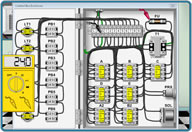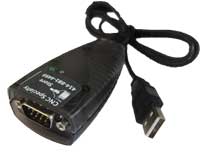Position sensors- inductive, capacitive, magnetic, laser, and photo sensorsIn typical automation position detection switches are used for all types of applications. Some examples are position sensing, axis limits, motor speed detection, rotary positioning, part detection and more. Proximity switches come in many shapes, sizes, forms and types. This is a general over view showing the most common types of position sensors available and typical applications. Types of Position detection sensors availableInductive sensors Inductive proximity switches detect metallic targets and are generally used for position sensing. Some sensors have the option for an optical setting aid. Magnetic sensors Ideal for applications for position detection at high and low speeds applications. Typical maximum sensing range of around 80mm. Capacitive sensors Good for position detection of non-metallic targets like plastic, glass, paper, wood etc.. Preferably do not use where coolant may heavily coat the switches. Capacitive is like the sensor pad on a laptop. If your finger is wet it will not sense properly. Photo electric Infrared and red light sensors are great for non contact sensing. Some of these sensors should also be avoided where sensors frequently are coated with coolant. Typical configurations
Laser sensors Laser sensors are good for applications where small objects need to be detected or where very accurate positioning is required. The light beam is also visible for easy adjustment. Typical configurations
Fiber optics and controllers Fiber optic controllers and sensors provide reliable detection of small targets and can be used to control multiple applications. Typical configurations
|
|
|
|





